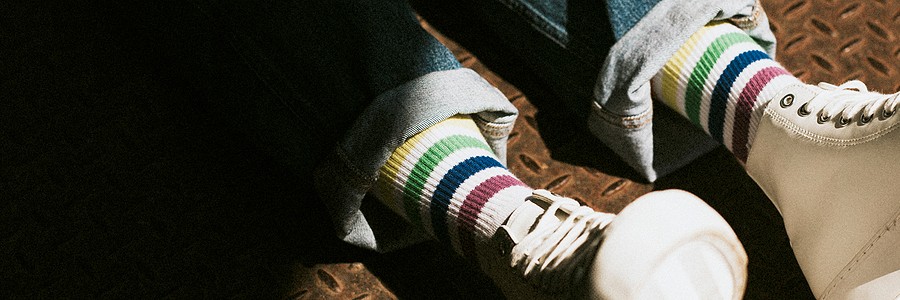
I have been asked about this story many times so I will share it as a lesson of not only the work done at the Child Wellness Institute but as an important lesson in humanity.
January 2020:
He sat there kicking the easel in the back of the room, his body positioned away from the classroom and he was hunched slightly forward-looking at his foot. Over and over… kick… kick… kick… He was in the 3rd grade- 9 years old, and this was not the first time this had happened.
Several well-meaning teachers and teachers’ assistants were trying to help, offering for him to get some water, go for a walk, go to the calm down corner- to no avail.
The more they asked, the more he continued to kick the easel and at times with a little more force. This was not only distracting the other kids, but the teachers were frustrated and at a loss. All the techniques they thought they could use in times like this were not working!
For many of us in the field of therapy or counseling, it may seem obvious. Or maybe not.
What we tend to want to do is “fix the problem” and “modify the behavior.” We try charts and plans and ways to try change a child’s actions, often completely ignoring what the behavior means: I’m struggling.
We want kids to be in school, ready and able to learn- all day! We want them to act appropriately in public- at all times! Basically, we want the impossible.
Because besides the fact that they are still developing, and by the way, we ALL have bad moments and bad moods and bad days, many children have experienced high levels of trauma and adversity that their brains and bodies are holding and unable to process. And now, post-pandemic, we are seeing larger numbers of children having a hard time.
For 15 years I have personally raised children with extensive trauma histories and when I tell you that they do not want to misbehave or let you down, I couldn’t be more serious. They lack the ability to soothe, calm or regulate themselves in a nervous system that is wired to protect them.
The kicking of the easel… is not to irritate the teacher or classmates. It is a rhythmic motion that despite how loud or annoying it may seem, is serving a purpose. You may not like the purpose or behavior, but his need to find a way to release the stress and calm the system is greater than his need to follow the rules in those moments. “Consequences,” “punishments” and “teachable moments” do not matter as much as his need to protect his heart and to feel cared for and safe. For him, we are talking about a different Safety, not in the sense that we often mean the term. The safety he seeks is not necessarily meaning there are no threats- but the feeling that he can trust, that things are predictable, and that no matter what, you will still like and care for him.
We may want it to be different- kids should listen and obey on our terms. But we may have to let that notion go if we really want to see change and focus on building feelings of safety and connection.
So, the teacher comes over and asks what to do with this child? He is refusing to do work, refusing to stop kicking the easel- nothing is working!
The answer: since all other attempts seem to further agitate him and cause him to shut off… build an authentic connection.
Having never met him before, I moved my body close to the table where he was sitting. Eventually, I sat down. He continued to kick. I sat in silence with him for several minutes. He glanced up at me and I gently smiled. He looked away and continued to kick. I drew three faces: sad, angry and happy on a piece of paper and slowly slid the paper to him- not saying a word.
He glanced at the paper. He looked up at my face. I sat quietly and raised my eyebrows to say “which one?”
He raised his left hand and pointed to the sad picture. I nodded to say “I get it”. And then I said “you are feeling really sad right now” and he nodded. His kicking stopped. I stayed quiet. He turned to face me and began to tell me what happened. He was late for school because he had to go to the dentist. His daddy had to take him because he has no mommy because she died and he was late and missed getting his green token that morning. That meant he couldn’t get a privilege that day.
His world felt unfair, uncertain, and sad on so many levels that morning. And when he found out he couldn’t get the token, it was too much for all that he was holding inside. The things that we will never know because he’s nine and sometimes he cannot articulate them. Because he’s nine and we say things like “he’s resilient“ and “it’s been a year or two since his mom died and he needs to learn consequences to survive in the real world.”
But his world right now IS his real world, and his world feels unsafe. So what did I DO?
I heard him through his eyes. The eyes that were sad and missed his mom and missed normalcy and didn’t want to be late but had no choice. The eyes that want to be loved and acknowledged and deserve it even when he’s having a bad day and is perhaps acting in unloving ways.
Did he say it like that? Nope. He kicked an easel until he didn’t need the easel anymore.
Am I a magician, someone asked? Nope.
What did I DO? How did I learn it?
It’s not my degree or a special method. It’s providing a smaller human who is struggling with what all humans need and deserve: a space to feel safe, connected, and acknowledged.
For more information on our work check out www.childwin.org. Stay tuned for the next blog as we hear from teachers about our work in the trauma and healing space.
Written by Gina Hernandez




